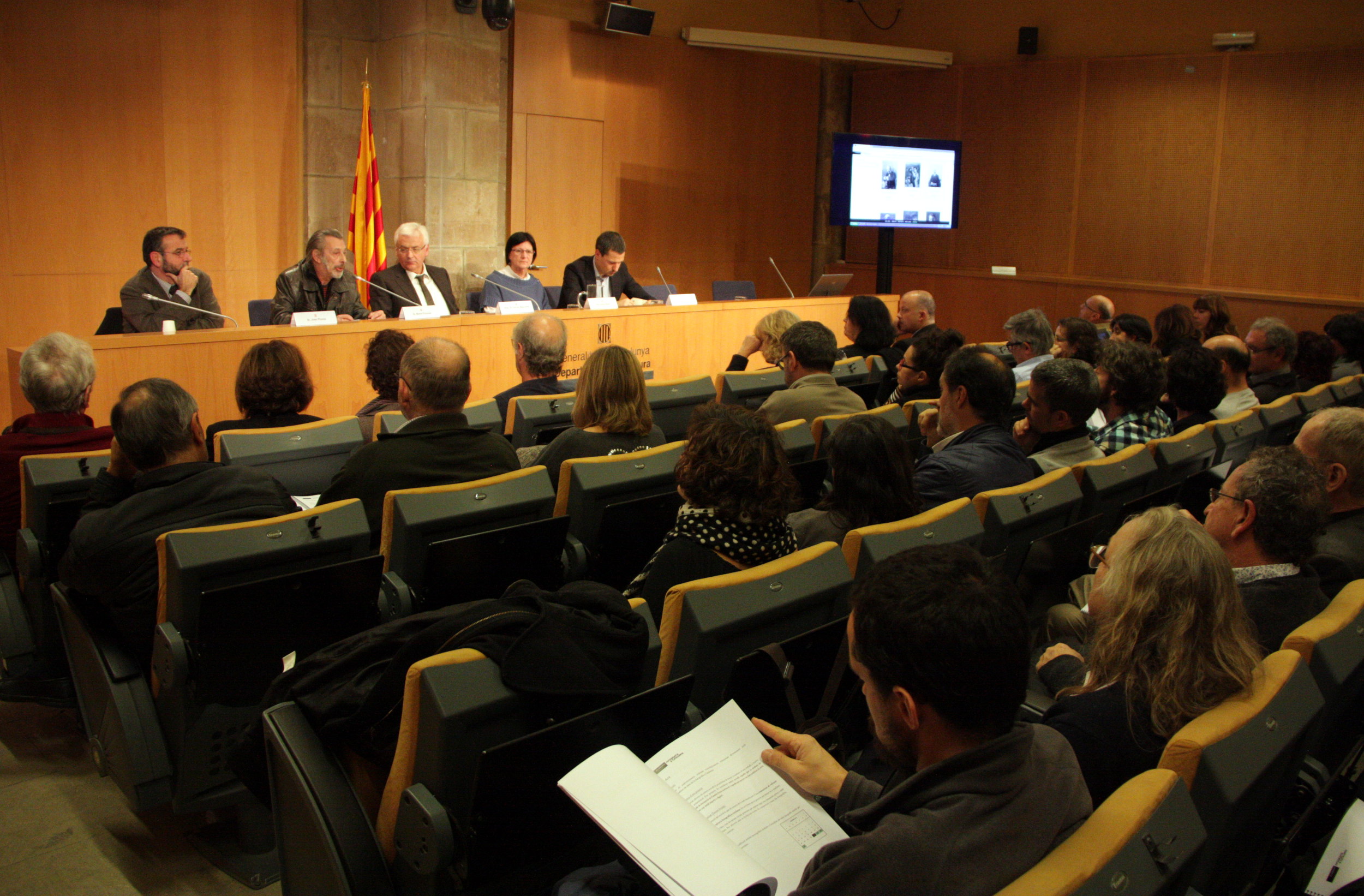Catalonia’s photographic patrimony now available online
‘Fotografia a Catalunya’ compiles Catalonia’s photographic patrimony into one website. This initiative is the first of the measures set out in the Photography National Plan, approved in 2014. “This website starts to make Catalonia’s photographic patrimony visible” stated current Catalan Minister for Culture, Ferran Mascarell, and added that by launching this website “a lifelong pending issue has been sorted out”. There are 1,600 pictures from 497 different photographers already available which summarise outstanding collections from the National Art Museum of Catalonia (MNAC), the Museum of Contemporary Art (MACBA) and Barcelona’s Photographic Archive, amongst many others, and the aim is to extend the offering to 15,000 by the end of next year. Catalonia’s photographic patrimony includes more than 35 million pictures, kept in more than 323 public archives, museums and other centres all over the territory.

Barcelona (CNA).- Catalonia’s photographic patrimony includes more than 35 million pictures, kept in more than 323 public archives, museums and other centres all over the territory. Now some of the outstanding collections from the National Art Museum of Catalonia (MNAC), the Museum of Contemporary Art (MACBA) and Barcelona’s Photographic Archive, amongst many others, are available online at ‘Fotografía a Catalunya’. “This website starts to make Catalonia’s photographic patrimony visible”stated current Catalan Minister for Culture, Ferran Mascarell, and added that by launching this website “a lifelong pending issue has been sorted out”. There are 1,600 pictures from 497 different photographers already available at ‘Fotografia a Catalunya’and the aim is to extend the offering to 15,000 by the end of next year. The website is the first of the measures set out in the Photography National Plan, approved in 2014.
‘Fotografia a Catalunya’ doesn’t want to be “a container” of this “immense” patrimony but “a representative sample of what photography means in Catalonia”, nuanced Mascarell. The aim is also to add information to the photographers or collections online by including their physical or digital location and state of conservation.
According to the Catalan Agency of Cultural Heritage’s director, Xavier Arola, the goal is to add 150 authors and reach 15,000 pictures available online by the end of 2015. “We aim to grow in terms of quality and with a spirit which displays the diversity of our photographic culture”.
Institutions and organisations related to photography already take part in the initiative by providing their collections. So far, the website contains a sample of some of Catalonia’s most representative museums and archives: photographs from the National Art Museum of Catalonia (MNAC), the Museum of Contemporary Art (MACBA), Barcelona’s Photographic Archive and Catalonia’s National Archive, as well as pictures from 497 Catalan photographers. The website has been designed with all the technical characteristics required to make it visually attractive and effective. “It has an extremely fast search engine and the server can host up to 3 million pictures” explained Arola and added that ‘Fotografia a Catalunya’ has been created “with and for the image”.
First step of the Photography National Plan
The website, which cost 80,000 euros, is the first of the measures foreseen in the Photography National Plan, approved in 2014. ‘Fotografia a Catalunya’ has been the first one “to serve as a summary and location for the rich, immense and dispersed patrimony which is photography” stated Mascarell. He admitted that putting all this patrimony “in order” was “a lifelong pending issue”.
The most ambitious point of the Photography National Plan is the creation of a National Centre of Photography. Mascarell admitted that this is still in a very “embryonic phase”. “There is a work group which is analysing the different criteria and looking at other centres of reference as examples” stated Mascarell and added that by the first months of 2016 there could already be “a first draft” of this project. Mascarell went on to point out that the Montjuïc area, where the MNAC and Fira de Barcelona are located, would be a suitable option for him and the ministry.